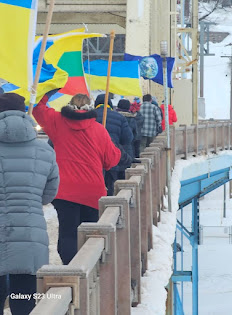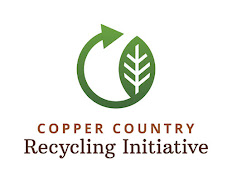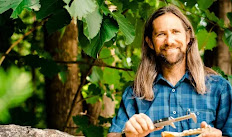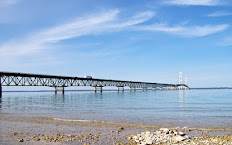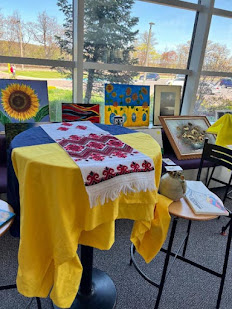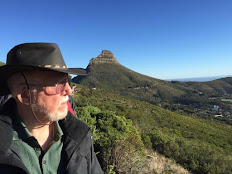William Keith, chair of the Houghton County Democratic Party (HCDP), welcomes participants in what some called the "No Kings" protest march on Saturday, April 19, 2025, in Houghton, Mich., near the Portage Lift Bridge. HCDP was a co-organizer of the march. (Video by Keweenaw Now)
Participants in the April 19, 2025, No Kings protest in Houghton head up Shelden Avenue to the Portage Lift Bridge and display their signs and flags to oncoming traffic. (Video by Keweenaw Now)
Participants in the April 19, 2025, No Kings protest in Houghton display their signs as they walk up to the Portage Lift Bridge. About 200 people lined the bridge in a non-violent protest against the Trump Administration's undemocratic and illegal policies. (Video by Keweenaw Now)
During the April 19, 2025, No Kings protest on the Portage Lift Bridge in Houghton, four participants give Keweenaw Now their reasons for joining the march. (Video by Keweenaw Now)
Local performing artist and teacher Donna Armistead speaks about her "laundry list" of reasons for joining the march -- from the environment to women's rights, voting rights, firing of federal employees and more. (Video by Keweenaw Now)
Laurium resident Pam told Keweenaw Now how she found the idea for her sign.
Elizabeth Flynn of Hancock Township carried a poster donated by a local artist. It is a portrait of a Maryland resident unjustly deported to El Salvador -- Kilmar Abrego Garcia.Elizabeth Flynn displays a "Free Kilmar" poster during the April 19 protest on the Portage Lift Bridge. (Photo by Keweenaw Now)
"Kilmar Abrego Garcia is being held wrongfully in a hellish prison camp in El Salvador despite a ruling by the U.S. Supreme Court that he must be returned to his American wife and children," Flynn said. "The administration has no right to leave him there, and in doing so, they are creating a Constitutional crisis."
Another sign seen during the march expresses concern for immigrants, who are being treated unjustly and deported illegally by the current administration. (Photo by Keweenaw Now)DeeDee Bloom of Trimountain, co-founder of AWAVE (Advocates for those Without A Voice Everywhere), one of the organizers of the April 19 march in Houghton, spoke with Keweenaw Now about the origin of this group.
During the April 19 No Kings protest in Houghton, Dee Dee Bloom explains how the group AWAVE, a co-organizer of the protest, was formed to express the views of people who don't have a voice. (Video by Keweenaw Now)AWAVE and other groups have recently held meetings at the Fifth and Elm café in Hancock. During the April 19 march, Emily Fiala, co-owner with her husband, Frank Fiala, of Fifth and Elm, told Keweenaw Now her family is glad to open the facility to groups needing a place to meet.
Emily Fiala of Hancock chats with Keweenaw Now on the bridge during the April 19 No Kings march. (Photo by Keweenaw Now)Sarah Green -- who founded the email group CRAG (Citizens Rally for Accountable Government) to encourage local citizens to speak out at local government meetings (county, city, township, etc.) -- used a bucket of candy to count the number of participants in the April 19 march and came up with 202 people.
"I tried out my new 'take a candy' counting method, starting with 331 pieces, letting everyone take one, and ending with 129 pieces," Green explained. "I measured by weight, which is more accurate than the number of pieces listed on the bag (and easier). This method for crowd estimation could work anywhere that people pass through a squeeze point."
Waving her Blue Marble earth flag, Sarah Green carries a bucket of candy to count participants at the April 19 No Kings march near the Lift Bridge in Houghton. (Photo by Keweenaw Now)**The No Kings march in Houghton was one of more than 700 protest events in cities and towns across the U.S. on April 19, 2025.
Editor's Notes:
* If you missed our article on the April 5 "Hands Off" march, organized by Keweenaw Indivisible in Houghton, CLICK HERE.
** According to Wikipedia, "During 1969, peace activist John McConnell proposed his design titled the Earth Flag. The current version of the flag consists of The Blue Marble, a photograph of Earth taken on 7 December 1972 by the crew of the Apollo 17 on its way to the Moon."














.jpg)














